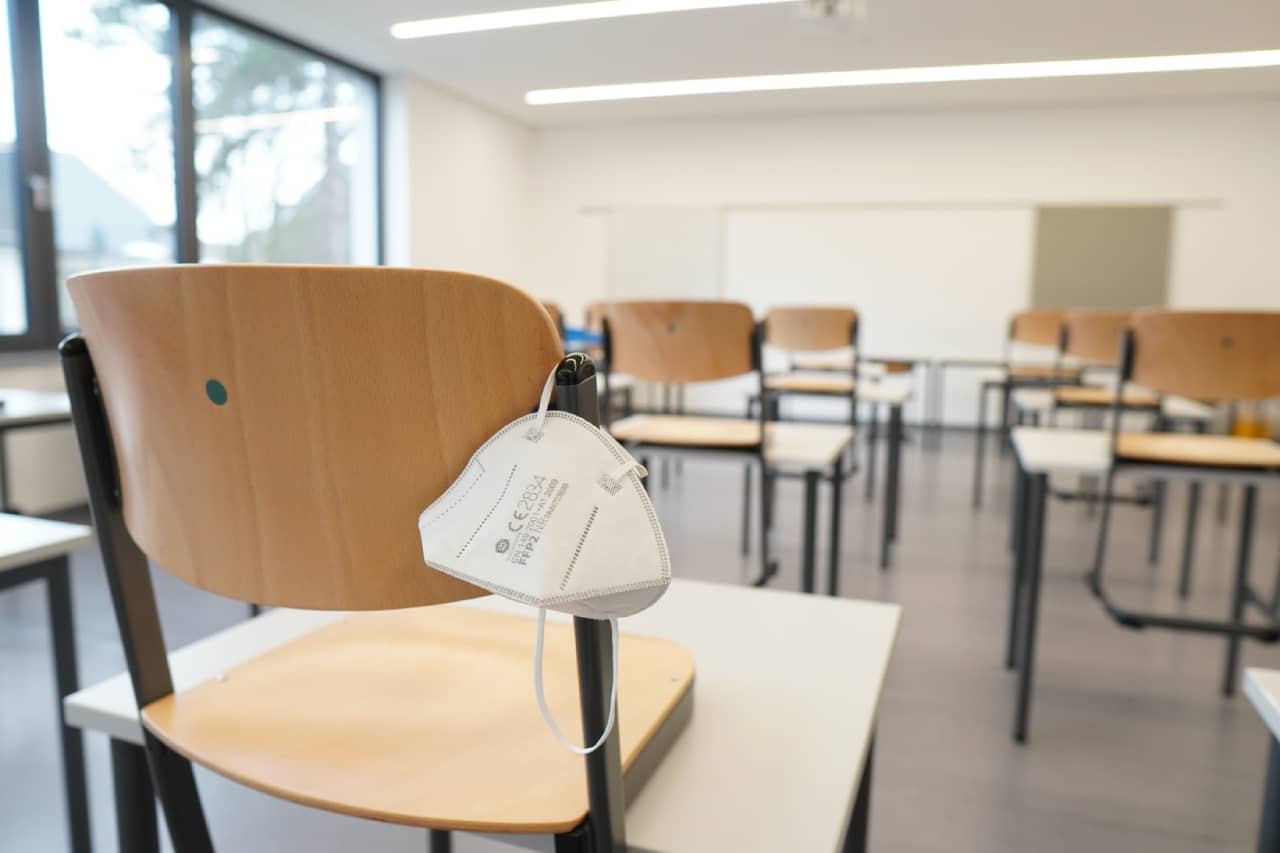
The global COVID-19 pandemic has significantly impacted the education sector. Schools and educational centers have been closed to prevent the spread of the virus, as students were forced to stay at home until authorities deemed it safe for them to continue their studies.
Now, schools and universities are reopening after months of closure. You need to make sure that your school is ready so you can reopen safely and effectively. You also need to ensure that you invest in the health and safety of your students and staff while restarting education. Schools must be prepared for another wave or a sudden spike in cases at any time.
Another need of the hour is the dire requirement for a school fix. Considering schools have been closed for a long time, they need certain upkeep before they can be opened for students. Here are some of the best tips to reopen schools after the pandemic.
Redecorate the Classroom
You can also use this opportunity to redecorate the classroom. Redecoration is very important because it can be used as an opportunity to add a new design, furniture, equipment, technology, and also decorate your classroom. This will allow you to create a new learning environment that is more interesting and exciting for children.
You can also add educational materials such as books, journals, posters, and other resources that will make your students more engaged in the learning process. In addition, you should also consider adding a variety of activities such as art projects, science experiments, and other fun activities that will help them develop their creativity skills.
You need to remember that when it comes to educating children at school, it is not enough just to teach them what they need to know. Instead, you must make sure that they are engaged in the entire process of learning so that they become more curious about what they are being taught and how it works. If you want your students to learn better in school, this is one way of doing it.
Create a Ready-To-Go Attendance Process
It’s important to have an attendance system that is easy to implement so that you can spend more time teaching and less time on admin work. Before the pandemic, your students may have been sitting in their seats or standing in a line for attendance.
Maybe they were standing in alphabetical order, or you had a seating chart with assigned seats. Whatever happened at your school before the pandemic, you must consider how to best adapt this process for social distancing guidelines. Here are some options for taking attendance:
- Have students sit at their desks in alphabetical order, so each student is physically distant from the other students. You could even place tape on the floor to help students remember where to sit.
- Print out name cards and place them at individual desks so that each student has his/her own desk space, but there is no need to remember where they sat previously.
- Have a seating chart with assigned seats and space out the desks accordingly so that each student has enough physical distance between them and others.
- If you are unable to take students’ physical presence as proof of their attendance, look into online options where parents report their children’s absence or present status from home (such as a Google Form).
Assume Students Forgot Everything Over Summer
If you are a teacher, it is essential to assume that students forgot everything over the summer. They may have spent most of their time playing video games or watching TV. They may have taken a break from learning altogether. Whatever the case, it is important that teachers assume students will need help adjusting to being in school again.
You can make this transition as painless as possible by keeping your lessons exciting and engaging. Students will be eager to see their friends from school again and meet their new classmates. Help them adjust by creating interactive classroom activities and allowing for more free time than usual at the beginning of the school year.
It’s also a good idea to keep things short at first so if you’ve planned on introducing an hour-long lesson plan, try splitting it up into two 30-minute sessions instead! This will give students time to get used to being back together with other kids again before they start working hard on assignments or tests that require lots of concentration. They mustn’t feel like they’re being thrown right into work mode right away; we want them to think positively about school so they enjoy coming back each day.
Create Stronger Relationships Between Educators and Students
It’s crucial to make the transition back to school as smooth as possible. This can be achieved by establishing a positive and supportive relationship between teachers and students. When children return to school, they will feel stressed and afraid of what is going on in the world. However, this period can also be a great opportunity for educators to communicate with their pupils, listen to them, understand them and create a more relaxed atmosphere about the pandemic.
For teachers to have stronger relationships with their students, they have to show them that they care about the experience they are going through at home during this crisis. By offering support, kindness, and patience, teachers will ensure that their students feel relaxed in class and that they trust them with any problems or questions they may have.
The first step is getting to know your students better by asking questions and learning more about each student’s interests outside of schoolwork. You can also share your own stories with them if you wish so, as long as it’s appropriate.
Schools Need to Be Prepared in Case of Another Wave of the Virus
From the perspective of a school, there are several things to consider before reopening. The following five considerations are all ways that you can help ensure your students’ safety and health.
- Daily temperature checks. All staff and students must do this each day before entering school grounds for this to be effective. No exceptions. Students should also be taught not to share drinks or food during break times, as one person may have an asymptomatic fever.
- Masks should be worn by everyone at all times while on campus grounds, including: in the classroom, in the library, and in sports facilities. Students must learn how to wear their masks properly, so the virus is not transmitted through their breath or saliva droplets when they speak loudly or shout during sports activities. If any individual refuses to wear a mask (e.g., due to claustrophobia), find another way to participate safely (e.g., online learning).
- Sanitize classrooms frequently throughout the day with disinfectants that kill germs such as COVID-19, including on furniture and in bathrooms used by students or staff members who have shown symptoms of illness
Bottomline
You need to know that the best way to be prepared is to have a detailed plan. The plan will include actions taken and procedures followed which are intended to help students have a safe learning experience during their first days back after the pandemic.
It is important to reopen schools safely because COVID-19 can spread easily among children and teachers, especially if they are not practicing social distancing from each other. When children get infected with this virus, it can lead to severe illnesses as well as death in rare cases.
It is also important for schools to reopen safely because children will catch up with their studies without being worried about the virus infecting them or their parents or guardians getting sick and dying. This will also help rebuild parents’ confidence in schools and avoid further disruptions during teaching sessions.








